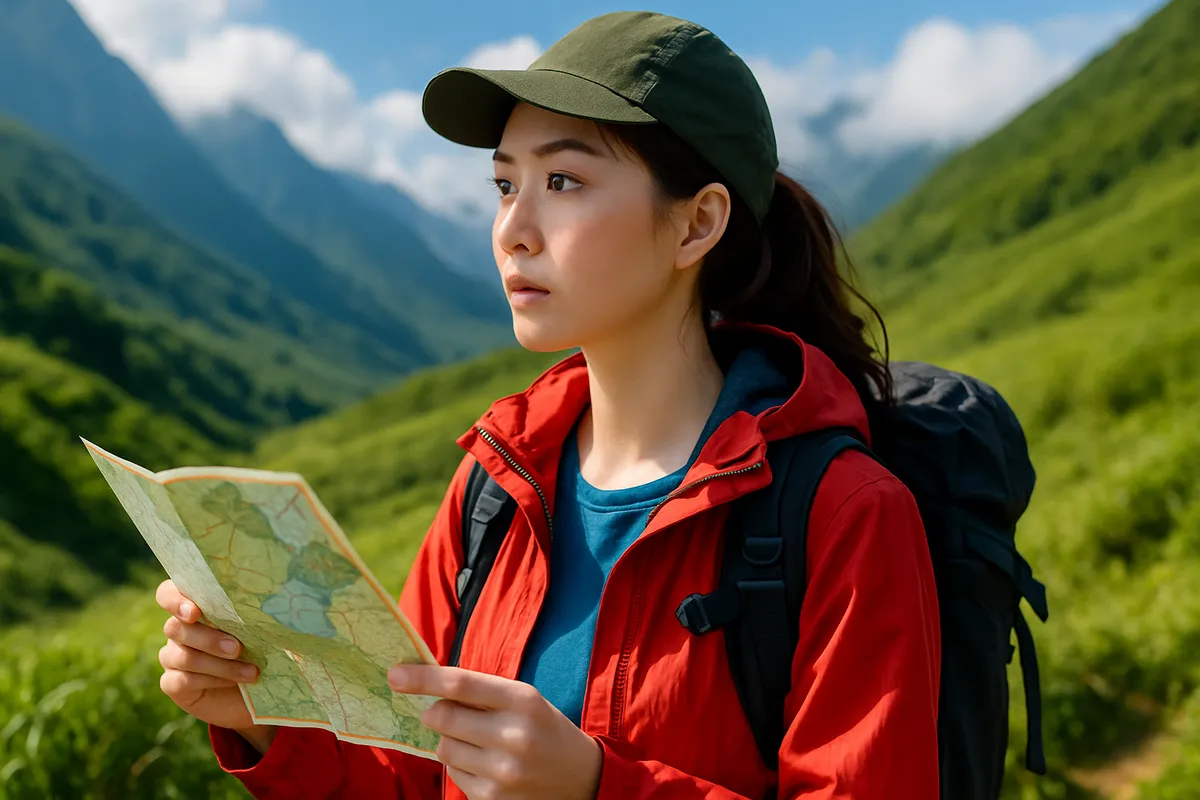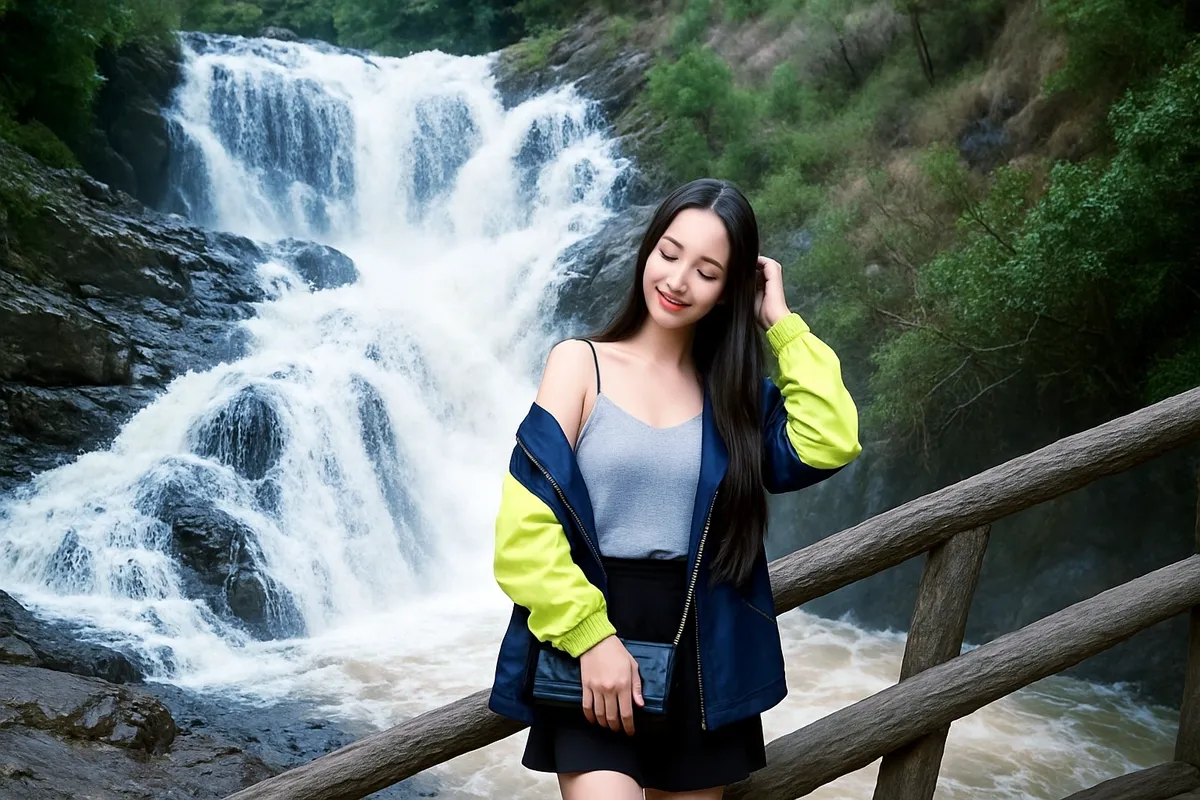How to choose a trekking tour according to the level of difficulty to be suitable and safe
- Monday, Jun 02, 2025, 08:59 (GMT+7)
How to choose a trekking tour according to the level of difficulty to be suitable and safe
As slow travel becomes more popular and the call of nature grows stronger, trekking is no longer a niche pursuit among young travelers. Still, without careful consideration of difficulty levels and personal capability, a trekking trip can quickly shift from inspiring to overwhelming. Choosing the wrong level not only reduces enjoyment but can also lead to serious physical and mental strain. The right preparation should always begin with understanding, not trend following.
Many travelers have shared their disappointment just hours into a hike, shocked by steep inclines or unforgiving terrain. Others feel let down after an easy stroll that lacked any sense of challenge. At the heart of this lies a common mistake: not knowing how trekking difficulty is defined or how to measure personal readiness.
The challenge of trekking is never just about distance. A ten kilometer hike can be a gentle forest walk or a tough climb over slippery rocks and river crossings. Three factors define a trek’s difficulty: terrain, weather, and total hiking time. But nothing is more important than personal fitness and mental stamina.
Most tour operators divide treks into three basic levels: easy for beginners, moderate for those with some endurance, and hard for those with outdoor experience. However, these levels are often loosely defined. Always ask for details such as total route distance, elevation gain, daily hiking hours, and weather expectations before booking.
A helpful way to gauge difficulty is by estimating how long you will be hiking each day. Under four hours on gentle terrain usually means an easy trek. Five to seven hours with steady climbs is considered moderate. More than eight hours of hiking, especially while carrying gear or sleeping in basic shelters, falls into the difficult category. Any tour lasting three days or more with over thirty kilometers and limited support should only be attempted by experienced hikers.
Trekking should not be seen as a race against difficulty. It should match the type of experience you want. Some prefer short routes full of photo opportunities. Others seek the thrill of physical effort. If you do not know your own motivation, you might easily feel exhausted or uninspired during the journey.
A specific case involved a group of young hikers who signed up for a two day forest trek. The distance seemed manageable, about fifteen kilometers each way. Yet they had to cross four rivers, walk through post rain mud, and carry tents and sleeping bags. What they thought was a simple nature walk turned out to be an intermediate level trek requiring more preparation than they had.
One lesser known tip is to review unedited photos from previous participants. Beautiful photos can highlight scenery but rarely show steep paths or muddy slopes. It is also important to ask if porters are available, whether you need to carry water and shelter, and whether campsites are established or improvised.
Some signs that a trek might be too advanced include needing navigation skills, hiking in areas without cell signal, carrying gear over ten kilograms, walking more than ten hours per day, or ascending over one thousand meters. If a tour includes several of these, it is likely too much for someone without prior experience.
If you are new to trekking, start with one day trips. These allow your body to adjust to hiking conditions without exhaustion. It helps to train by walking five to seven kilometers a day for two weeks before departure. Practicing with a five kilogram backpack adds valuable preparation.
There is no official classification system for trekking difficulty in Vietnam, but experienced travelers often follow a three tier model. Easy treks are under ten kilometers with mostly flat terrain and full guidance. Moderate treks range between ten and twenty kilometers with a mix of up and down paths. Difficult treks exceed twenty kilometers, last two or more days, and require confidence in remote areas.
One mistake many make is choosing a tour based on peer pressure. People of the same age may have very different fitness levels. Some exercise often, others do not. That difference can affect the pace and mood of the entire group.
Another often ignored factor is body structure. People with shorter legs tend to use more energy when climbing. Those with low blood pressure may feel dizzy at higher altitudes. Always report any medical conditions so tour organizers can advise properly. Hiding your condition may put both you and the group at risk.
Always check weather and trail conditions in advance. A dry route can become dangerous after rain. Bring a trekking pole to help with balance, use a waterproof backpack cover, and divide your gear into smaller bags for easier access when conditions are wet.
Choosing the right trekking tour means choosing a journey that fits your rhythm and capacity. There is no need to prove anything by choosing the hardest trail. Likewise, a well prepared hiker should not avoid challenge. The key is knowing your limits, respecting nature, and aligning your expectations with the trail ahead.
When your trek matches your ability, the experience becomes rewarding. There is less chance of injury, more moments to enjoy the scenery, and a deeper sense of accomplishment. That is the beauty of trekking. It is not just about reaching a summit. It is about making each step part of a lasting memory.

 CHECKIN.VN
CHECKIN.VN








Share on